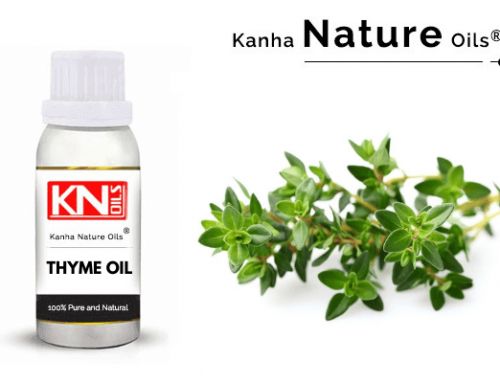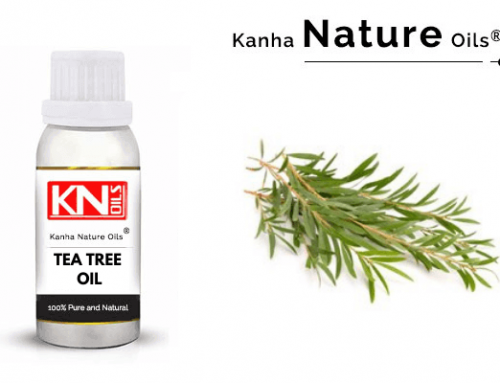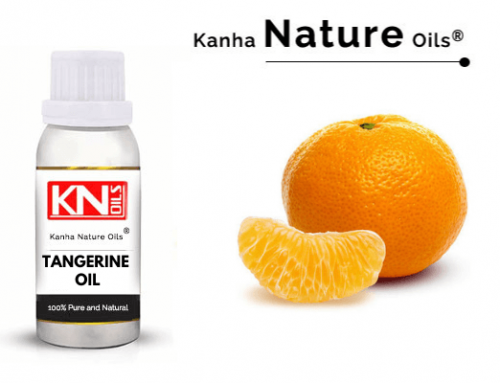LEMONGRASS OIL

- Botanical Name: Cymbopogon citratus
- CAS No.: 8007-02-1
- EC No.: 295-161-9
- FEMA No.: 2624
- Flash Point (°C): 90
- Refractive Index: 1.4760 to 1.4980 at 20°C
- Specific gravity: 0.8890 to 0.9140 at 25 °C
- Optical Rotation (°):-3 to +1
- Color:Pale yellow
- Solubility: Soluble in alcohol, oils, organic solvents, insoluble in water
Description:
Cymbopogon citratus is native to Southeast Asia. After World War-I, lemongrass was introduced to South America, Central America, and Madagascar. It has now been naturalized throughout the world. In India, it is cultivated along with Western Ghats-Maharashtra & Kerala, Tamil Nadu states, Karnataka, Arunachal Pradesh, and Sikkim. Now the Uttrakhand region is also a good producer.
It was introduced in India about a century back and is now commercially cultivated in these States.
The method of Lemongrass essential oil extraction is the steam distillation of the fresh or partly dried Lemongrass leaves.
Cultivation and Harvesting:
The Lemongrass crop grows in tropical and subtropical climates. However, the ideal conditions are a warm and humid climate with sufficient sunshine yield better oil content.
It grows on wide varieties of soils ranging from loam to poor laterite, sandy, alluvial soil, clayey and calcareous soil with the proper water system. The pH of the soil should be from 5.5 to 8.0 for flourishing the crop. Soil with poor drainage and waterlogging may be avoided.
Planting material i.e. slips obtained by dividing well-grown clumps. Spacing for the planting of slip should be 90 cm x 60 cm in order to grow the slips freely. It is necessary to make the depth of sowing up to 2 to 3 cm. The crop is to be irrigated at an interval of 3-4 days during the first month and 8 – 10 day intervals afterward.
Lemongrass can be harvested within 80 to 90 days after planting and next harvesting at the interval of about 50 to 60 days. Lemongrass after cutting kept for 15 to 20 hours before distillation to evaporate moisture content in order to get better yield in less time.
The yield of Lemongrass essential oil is from 0.5 to1.2%. The main chemical constituents of Lemongrass Essential Oil are Myrcene, Citral, Citronellal, Geranyl Acetate, Nerol, Geraniol, and Limonene.
Odor profile:
Fresh, lemony, and slightly herbaceous
Major Constituents:
Neral, geranial, 6-methyl-5-hepten-2-one, geraniol, Geranyl Acetate, Beta-Caryophyllene, citronellal, myrcene, camphene.
Application:
~ The major chemical constituents of the Lemongrass oil are Geraniol, Geranyl Acetate, Myrcene, Limonene, Citral, Citronellal, and Neral. Accordingly, the benefit of this oil is Anti-inflammatory, Analgesic, Anti-biotic, Sedative, Anti-oxidant, Anti-septic, Insect repellent Anti-viral, Anti-depressant, and Detoxicant.
Aromatherapy:
~ The uses for Lemongrass essential oil are abundant, ranging from cosmetics, sanitizers, and medicinal in the form of oils, gels, creams, lotions, soaps, shampoos, and sprays.
WHY SHOULD YOU ASK
our latest catalog
We just want our customers to see how our industry prices are simple & best fit for them. For this you need to be updated from our side on daily basis. Ask our updated latest catalog with latest pricing. One more thing! our three fundamentals never change. We are committed with best price, purity & inhouse variety manufacturing. Want to know what they are? Find it here.




